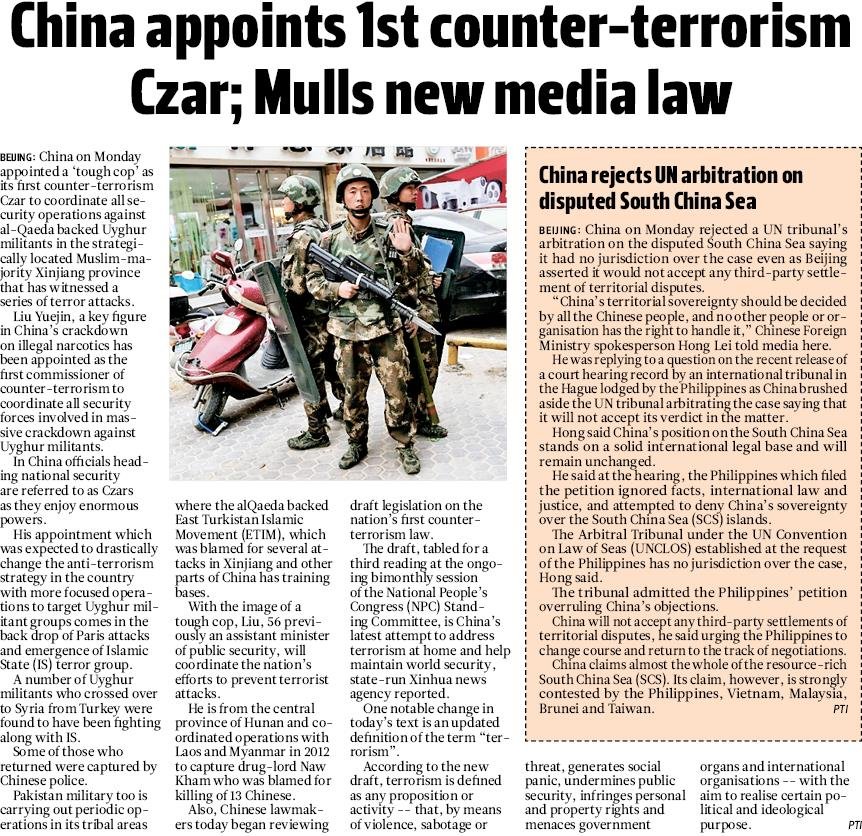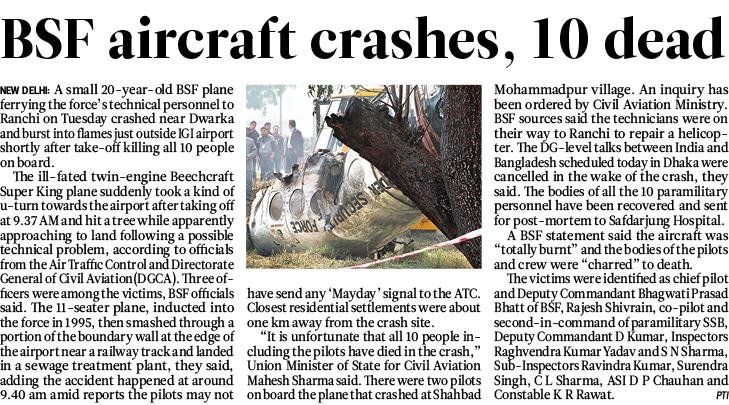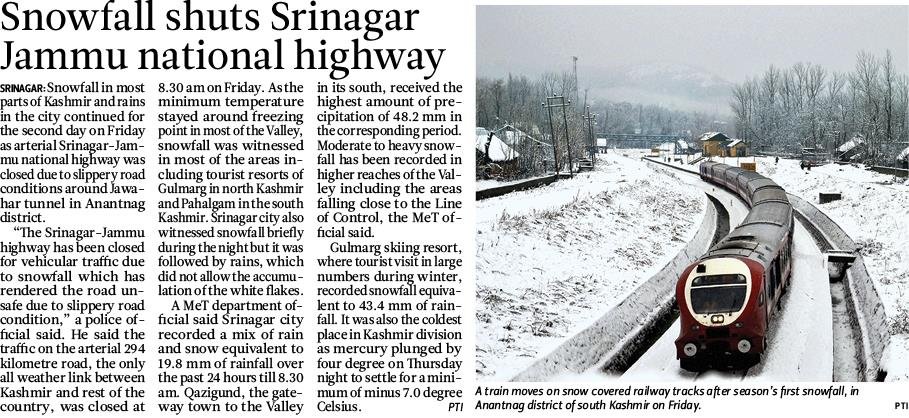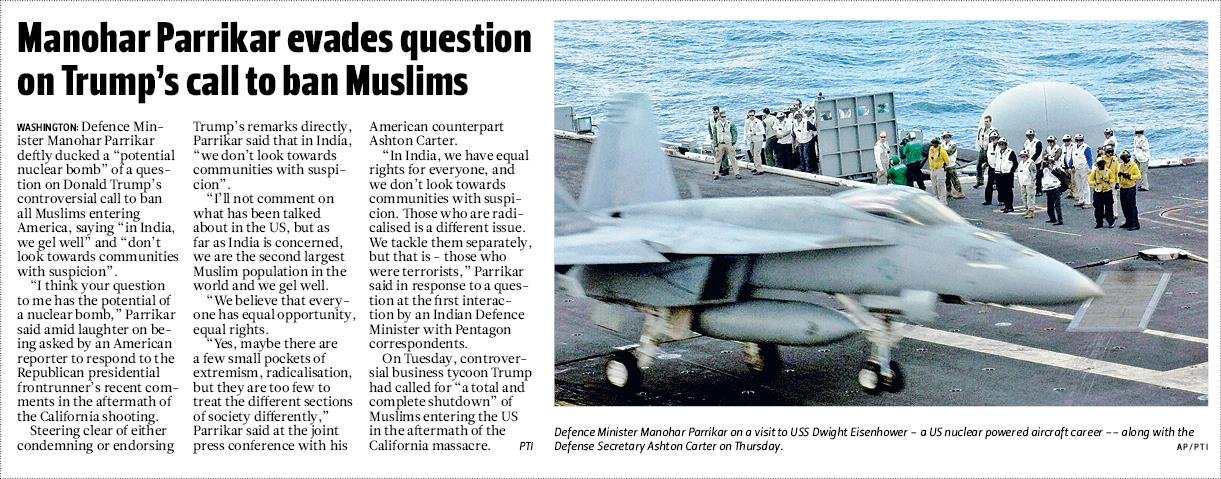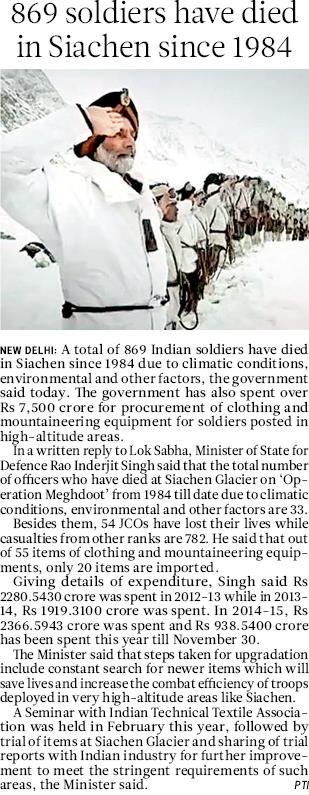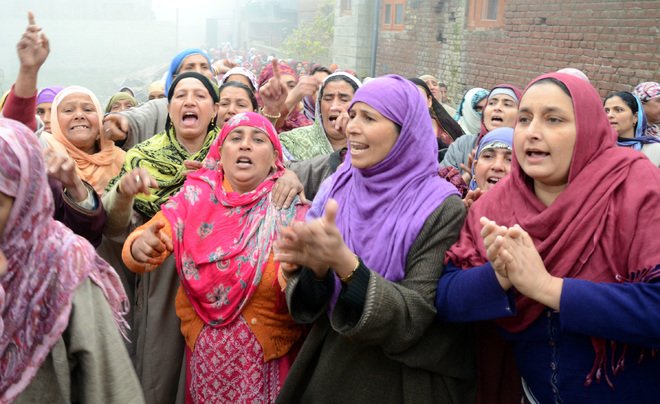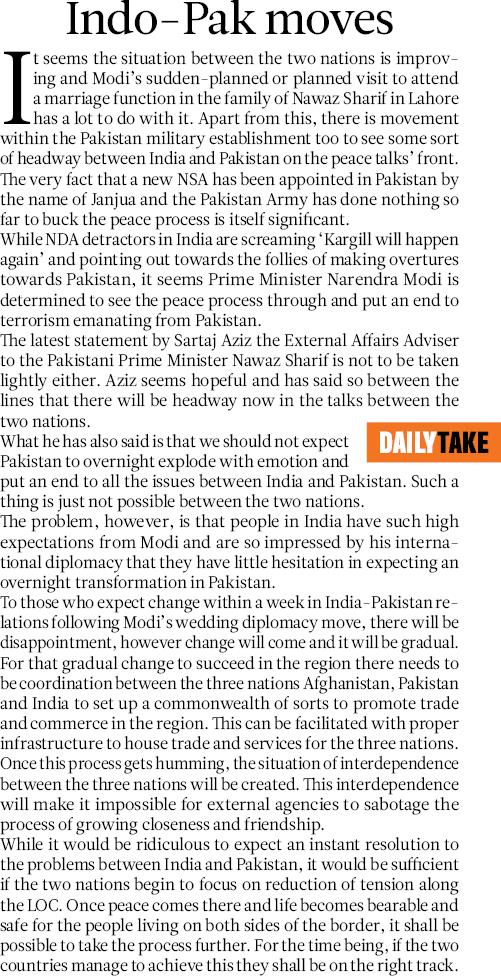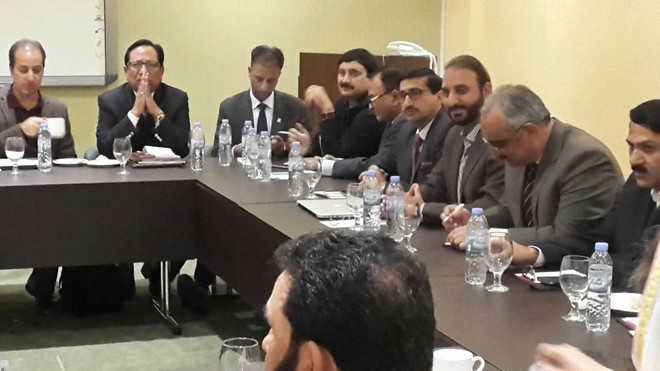THE GOVT’S LACK OF UNDERSTANDING OF OPERATIONAL NECESSITIES, COUPLED WITH PROPENSITY FOR INDECISION, HAS LED TO A PROGRESSIVE FALL IN AIR FORCE’S POTENTIAL
Despite 32 long years’ effort, India has not been able to indigenise its military aviation sector to any reckonable degree. We made no effort to go beyond licence production, unlike our northern neighbour which resorted to large-scale reverse engineering of Soviet/Russian equipment. As a result, China is today able to export almost the entire range of weapon systems.
Our LCA (light combat aircraft), Tejas, planned to be inducted into service in the early 1990s, still remains mired in serious problems. The goalpost keeps shifting periodically. The Indian Air Force (IAF) is rarely kept in the decision-making loop. It could not even make good the depleting strength by acquiring fighters from foreign vendors. In order to remain afloat, the IAF had to continuously resort to upgradations and modifications. This may be a desirable modus operandi in keeping with the military economy, but certainly not so without near-future modernisation plans being in the pipeline. As of now, French Rafale, Russian T-50 and our own Tejas are all nowhere near realisation. Both Rafale and fifth-generation T-50 remain stuck in indecision and protracted negotiations.
The leisurely decision-making process with regard to 126 multi-role combat aircraft (Rafale) had the negotiation going on for years without realising the cost implications. High inflation prevalent in the armament industry results in cost escalation. Besides, such delays also end up compromising the competitive edge that is sought to be acquired vis-à-vis the adversary. The IAF’s potential to cope with any serious conflict situation presently seems doubtful at best. A two-front war, if imposed in the shortterm perspective, could prove to be a calamity.
TEJAS’ LIMITATIONS
Under the circumstances, India will have to continue procuring foreign fighter jets as relying entirely on the LCA would not meet the IAF’s varied requirements. Tejas falls well short both in terms of number and capability. It cannot meet multiple role requirement of the air force.
It is yet to incorporate additional capabilities such as mid-air refuelling, missile carriage capability, selfprotection jammers, redesigning of layout of internal systems to improve aircraft maintainability and state-ofthe-art onboard radar etc. As per Hindustan Aeronautics Limited (HAL), Tejas would need a number of major upgradations for it to become a technologically viable stateof-the-art fighter.
Besides, Tejas is also yet to get operational clearance, without which its operational performance and survivability will remain limited. As of now, 20 permanent and 33 temporary waivers are pending before it can be given final operational clearance (FOC). That is why the air force had placed the order only for a limited number of aircraft, though it needs around 100 or so. Recently, some understanding was reached between the user (IAF), designer (Defence Research and Development Organisation) and the manufacturer (HAL) regarding Tejas’ specifications. Once these are implemented, the air force would place additional orders to the tune of 120 or so.
RAFALE ROW
The air force needs multi-role combat aircraft of Rafale’s genre. It requires at least six to eight squadrons (16 to18 aircraft per squadron) of this type of fighter as soon as possible. But the government once again put the IAF in a quandary by declaring suddenly in April to procure only 36 Rafales (two squadrons) in fly-away condition against 126 that were being negotiated all these years. Turning down the IAF’s request for muchneeded latest-generation aircraft on the grounds of cost, the government told it to fill the gap with indigenous ‘32 years in labour’ Tejas. Even the IAF’s demand of 127 fifthgeneration Russian fighters has been cut to half.
The government is not quite realising that the IAF is in dire need of fighter aircraft. Lack of understanding of operational necessities, coupled with propensity for indecision, has led to a progressive fall in the IAF’s potential. A consequent fall in competitive edge has reached a worrisome stage.
Against 45 fighter squadrons required to meet multifarious tasks in case of a two-front war, the air force has only 35 as of now, which will further reduce to 32 or so by the end of this year. This includes a large number of obsolete MiG-21s and MiG-27s. The air force will be down to 25 squadrons by 2022 at the current pace of acquisitions and phasing-out. But the government seems more inclined towards the “make in India policy” rather than adopting a pragmatic approach in the face of the fast-developing critical situation.

Where does the air force stand in the future? It seems to be a scary reflection. The need of the hour is to strike a balance between being ready for war at all times and allowing the partially-developed indigenous technologies to fructify. It’s the performance and role compatibility that the air force is looking for. The government must evolve a viable option soon for the IAF to continue to retain its dominant status in the region.
The writer is former director general, Defence Planning Staff. The views expressed are personal












